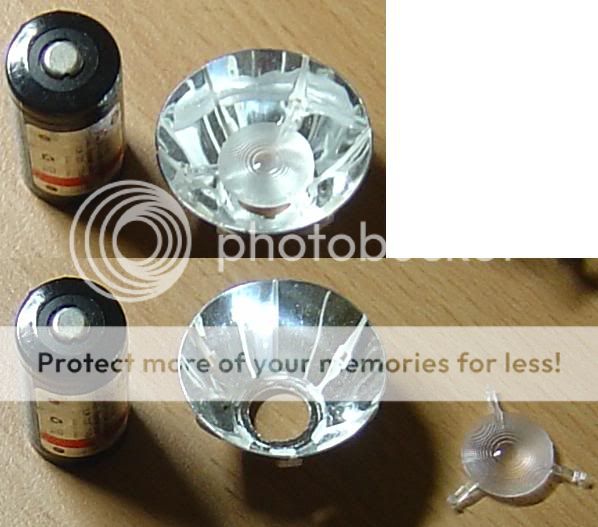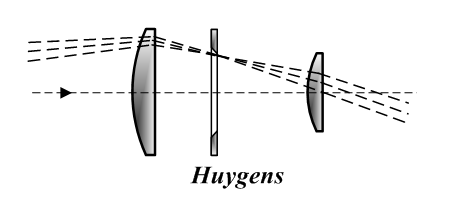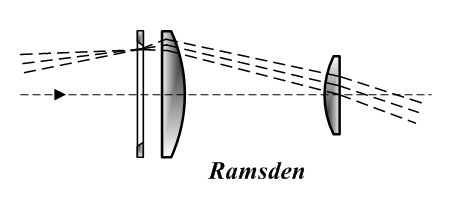gcbryan
Flashlight Enthusiast
Has anyone experimented with "cleaning up" the beam when using aspheric lens? It's probably less of a problem with dive lights than with non-dive lights with aspherics (due to underwater condition) but I'm curious.
Aspherics available to us are generally rather cheap lens and commonly have artifacts. I've used translucent Scotch "Magic" tape on the back of the lens and left the center portion clear and this cleans things up nicely without effecting the portion that is "throwing". It does cut down on the light in the surrounding area and it would be nice to not have to do this but with really ugly beams it's well worth it.
I'm wondering if anyone has tried hairspray to selectively control diffusion on any lens even including flat glass lens when using a reflector.
With a reflector the beam is difficult to pin down as spill is coming from the center and hotspot is coming from the edges. It seems that it would be possible however to diffuse the center (spill area to improve beam quality) and to diffuse the very outer edge of the hotspot (difficult to pin down location however) to blend it into the spill.
Has anyone experimented with anything like this?
Aspherics available to us are generally rather cheap lens and commonly have artifacts. I've used translucent Scotch "Magic" tape on the back of the lens and left the center portion clear and this cleans things up nicely without effecting the portion that is "throwing". It does cut down on the light in the surrounding area and it would be nice to not have to do this but with really ugly beams it's well worth it.
I'm wondering if anyone has tried hairspray to selectively control diffusion on any lens even including flat glass lens when using a reflector.
With a reflector the beam is difficult to pin down as spill is coming from the center and hotspot is coming from the edges. It seems that it would be possible however to diffuse the center (spill area to improve beam quality) and to diffuse the very outer edge of the hotspot (difficult to pin down location however) to blend it into the spill.
Has anyone experimented with anything like this?







